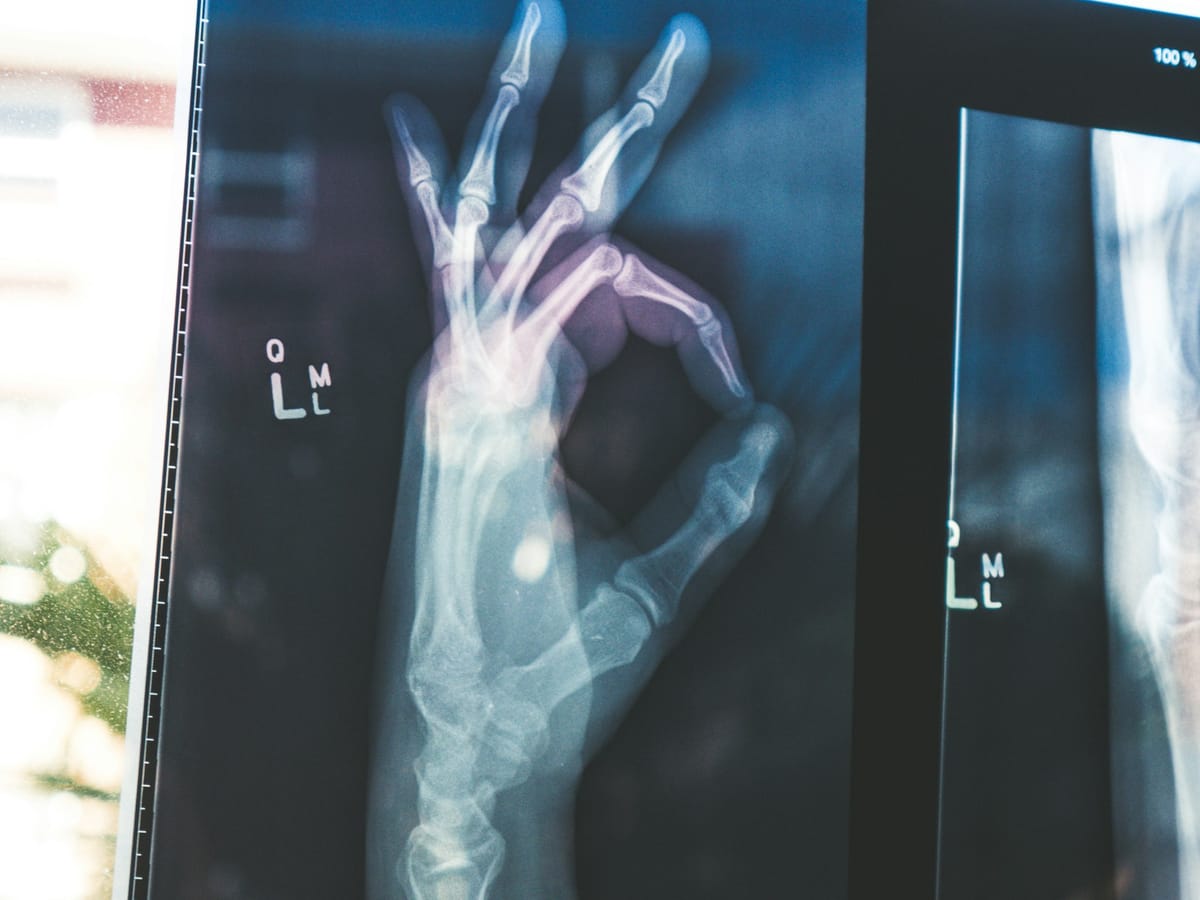The 4 Key Sections to Prepare for a Medical Journal Article that I use
A detailed overview of the 4 key sections to prepare for a medical journal article.

Preparing an article for submission to a medical journal doesn't have to be a daunting task.
There are just 4 key sections to understand and prepare for you to be successful:
- Introduction
- Methods
- Results
- Discussion
If you follow the steps in below you will make it much easier on yourself.
Let's dig in.
Methods 📓
This is by far the easiest section to write and the best place to start.
The Methods section summarizes what you did.
First mention if this was a prospective or retrospective study, and which ethics board approved the study. Then you can describe the inclusion/exclusion criteria. Next, you might want to give some relevant details if this was a surgery or other medical procedure.
How your data endpoints were collected should also be included. For example, if you're doing visual acuities, how were these collected? What charts did you use, what lighting conditions, and were you collecting in Snellen and converting to logMAR?
This leads naturally into describing the analysis that you did. If it's a simple single arm descriptive study, you're basically doing descriptive statistics. Mention that, and the software program that was used.
Also mention how you came up with the number of patients that you're going to use or your sample size, justification, how you decided that to answer your research question you needed 200 eyes versus 50.
Results 📊
This is the next easiest section to work on.
This is where you say what you found.
A good place to start is to create tables and figures, then add text to describe those graphics. How you figure out what relevant tables and figures to create is by reviewing medical journal articles in your field and learning how similar data are typically presented.
Readers will be expecting that the data is going to be presented how they are used to seeing it. If there's a table with the demographics laid out in a certain way, create a table with the demographics laid out that way. If there's a specific kind of visual acuity figure that people like to see and you need to create a similar figure. If data are better summarized in a table, then you should summarize in a table.
You need to have at least one paragraph that has linking text to each graphical item that you create. So if you have three tables, you're going to need at least three paragraphs in the discussion or in the results section describing these graphical representations of your studies.
The one thing you want to avoid is having text that's exactly like the figures and tables. You don't want to write all the numbers that appear in the table and the text and list all the p values. You just want to summarize the relevant points and then if the reader wants more context, they can look at the actual graphical representation.
Generally the results section, your paragraphs are going to be three or four sentences each, not much more than that.
Introduction 📖
This section sets up the whole context of your study.
Start broad and describe generally the research problem and then get more and more specific.
Summarize the current understanding of your topic area. In addition, you want to let the reader know why our study relevant and what is the question that you're trying to answer.
Here is an example:
Cataract surgery is popular surgery. Patients have high expectations if good outcomes and surgeons have high expectations of good outcomes. You can reach these expectations by using this new ABC lens. This new lens has properties DEF. It was developed by GHI company. JKL study showed that this lens does MNO. However, there's minimal data on PQR and so the purpose of the study was to investigate STU.
Discussion 💬
This is the final section of the 4 key components to write.
It is also extremely important to write this section well as the discussion brings everything together.
The first thing you need to say in your discussion is did you actually answer your research question? And of course, you should have answered your research question to some extent or why are you trying to publish the results!
The first paragraph of the discussion summarizes again with the problem is and if your study answered the research question or not.
For the remaining paragraphs, it's a good idea to go in order of your end points. The first one, your primary endpoints, the most important, it should be your first paragraph after your introductory paragraph and then your secondary is your next paragraph and so on.
Some results are not worth talking about. Maybe if they were exploratory endpoints, you didn't find anything interesting. You don't need to compare every single endpoint, but you just need to hit on the big ones, especially if you found an interesting result.
Start with the most important endpoint and talk about the results. The best way to discuss the results is to put it in context of other studies. If other people have done similar studies, you need to compare your results to their studies.
To complete this section well requires a deep dive into the literature. It's not a cursory look. You can't spend five minutes trying to find studies.This takes hours and hours going through the literature to find studies that you can compare your results to.
The last thing you need to identify in your study is limitations. Every study has its limitations; every study makes trade-offs.
Look at other studies, see what they did. Why is your study maybe less impactful than their studies? Did somebody collect data for a year and you only collected data for three months? That could be it, or maybe your sample size was lower compared to other studies.
Summary
This article has summarized a framework for preparing an article for submission to a medical journal. There are just 4 key sections to master: Introduction, Methods, Results, and Discussion.
If you found this information useful, please consider sharing. If you want more of this content, please consider subscribing. If you have insights of your own please consider reaching out to me. Get in touch!




